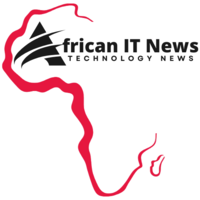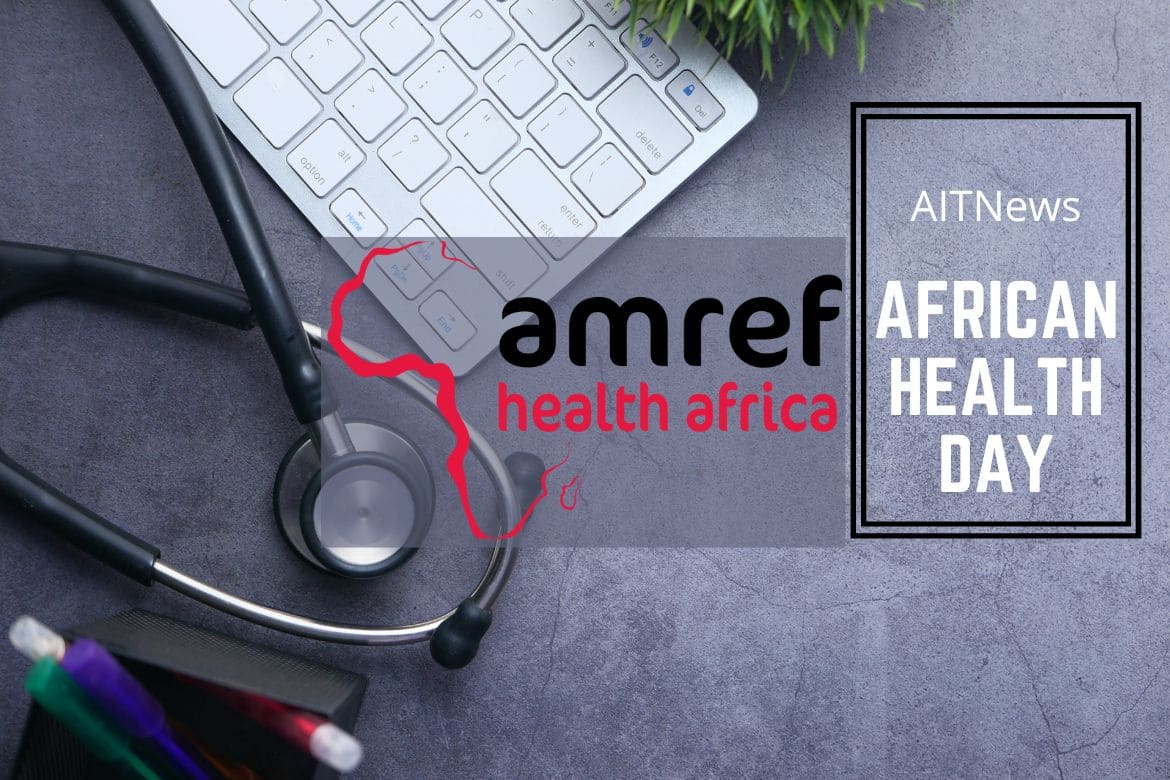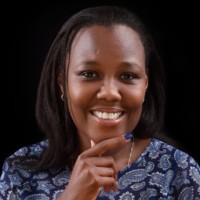Through a five-month experiment, an IT services provider is collaborating with an African health charity to integrate digital technologies. The charitable organization Amref Health Africa is incorporating numerous digital tools to improve decision-making and training since it anticipates significant hurdles in the future.
The 60-year-old nonprofit organization, which has its headquarters in Nairobi, Kenya, wants to improve access to affordable healthcare in sub-Saharan Africa.
According to Diana Mukami, director of digital learning at Amref Health Africa’s Institute of Capacity Development, one of the organization’s main problems is growing as the African continent anticipates a significant shortage of healthcare workers with the necessary capabilities. These include managers, technicians, community health workers, and medical personnel.
Amref is collaborating with longtime partner, pharmaceutical behemoth GSK, and IT services provider Cognizant to improve workforce management in order to solve this.
More than 200,000 individuals utilize the organization’s two training tools, Leap and Jibu. Leap employs voice and SMS to assist community workers, who often use mobile phones, while Jibu is a smart device-based program with more interactive media.
In order to assist governments in making healthcare decisions based on what is occurring at the population level, it also uses a data collecting technology called M-Jali, which supports the collection of data at the household level.
What is LEAP?
A flexible, interactive mobile learning system is LEAP. the mobile health platform that provides everywhere, anytime training for healthcare professionals.
- Utilize SMS and audio technology on any mobile device, including basic and smartphones.
- Reach any health professional anytime you need them, no matter where they are.
- Deliver any health-related content, giving medical professionals the tools they need to succeed.
- Text, voice, and video chat with the push of a button, anywhere.
Leap the mHealth platform is a mobile learning solution for teaching medical staff members to utilize their mobile device, whether it be a basic or smartphone, wherever they are and whenever they need to. In Africa and beyond, we want to be the go-to source for health professional training.
Utilize any portable device: Use Leap’s SMS and audio technology to communicate with your students on any phone, basic or smart.
Assess learning progress: Assess the progress of your students using assessments, tests, and hands-on activities in addition to real-time performance reports and supervision tools.
Deliver any health material to give health workers the knowledge and skills they need to succeed, whether you use our approved content or create your own.
Peer learning: Give your students the chance to talk to one other in a group chat at any time, anywhere, and with just the click of a button.
Any health worker can be trained by using multilingual learning materials and instructions, while diagnostic trees are used to support decisions made at the community level.
What is M_Jali?
M-Jali, or Mobile-Jamii Afya Link, is AEL’s creative approach to enhancing community data collecting, analysis, and dissemination. It includes a mobile app for gathering information on households and sending it to a web-based database. Even in the most remote regions of Africa, CHWs collect data, giving governments and medical facilities access to timely, accurate, and comprehensive health information. Governments need this information to allocate resources and health initiatives in an effective and efficient manner.
The M-Jali platform, which uses business and artificial intelligence, data integration, and analytics, as well as data monetization, offers enormous prospects for the future of healthcare technology. District Health Information Software 2 (DHIS2), a free and open source health management data platform used by governments all over the world as a reporting tool, is integrated with M-Jali. Statistical data collection, validation, analysis, management, and presentation are all combined using DHIS2.
M-Jali uses all three business models: the subscription model for users collecting and analyzing the data, the fee-for-service model for the creation and modification of the various modules and software, and the freemium model for solutions aimed at County Governments.
How are the tools incorporated?
We’ve had these tools for a long, but an issue has been connecting training, data, and information about individual households, says Mukami to Computer Weekly. Integrating these technologies has been a priority because “we need to understand the demands of a particular country or region and how to incorporate this into how governments plan.”
Amref now collects a lot of information on paper, so most of it has to be keyed in before it can be analyzed, which causes delays in taking action and results in decisions being made based on information that may not be current.
Because one of the benefits of technology is that you can build a comprehensive picture of the issue, Mukami says, “We were extremely eager to look into how we might combine these diverse tools and data points.”
Collaboration with Cognizant
Following introductions to some of GSK’s IT partners, Amref and Cognizant partnered to explore technological means of enhancing its training.
Amref was impressed by Cognizant’s approach to resolving its issue and its willingness to work with it to guarantee it benefits from Amref’s knowledge, which led to the formation of the partnership.
According to Mukami, “Cognizant did not come in declaring they were experts; rather, they wanted to know what the difficulty was, the context, and how we may work together to develop answers.” We were drawn to this since we have experience operating in Africa for 60 years and want to contribute to the answer.
The digital tool integration project is now in the design stage. They are taking a look at our current setup and assisting us in integrating the various tools, she continues. “They are not telling you to use this,” I said.
The project team is now working on prototypes of the solution after having a number of interactions with various teams and conducting an analysis of what is needed.
A project of this scale in Africa presents a number of difficulties, and Mukami thinks it would not have been feasible without the collaboration with Cognizant.
“IT is really expanding in the area, and we do have the knowledge,” she says. “However, Cognizant brings in a breadth of experience and expertise that we just do not have.” Additionally, I don’t believe we could ever afford a business like Cognizant, but as partners, we can come up with things to do.
Advantages of incorporated tools
Although the project should be finished in October or November, Mukami anticipates using integrated tools to its advantage already. We will be able to utilize the deliverables at that time, she explains. Knowing the whole picture—from training to service delivery—helps you determine whether what you are doing is appropriate.
These kinds of efficiency improvements are crucial now because healthcare in Africa faces many difficulties. According to Mukami, the continent of Africa would need an additional six million health workers by 2030 to keep up with population growth and expanding issues.
Beyond the Cognizant project, Mukami predicts that digital technology will have a significant impact on future healthcare in Africa. Because of the difficulties we face, “we recognize the opportunities provided by technology and we are delighted to be on a continent that has advanced relative to other regions,” she says. “We as a company have embraced the use of technology as it has developed. Because so many people in remote locations have access to a mobile phone and some connectivity, mobile technology has greatly aided our work.
In order to supplement its 60 years of expertise and experience, Amref will look to collaborate with others to supply the IT capabilities needed. Because we are not a tech firm, Mukami explains, “…we look for alliances to ensure we can take advantage.”



